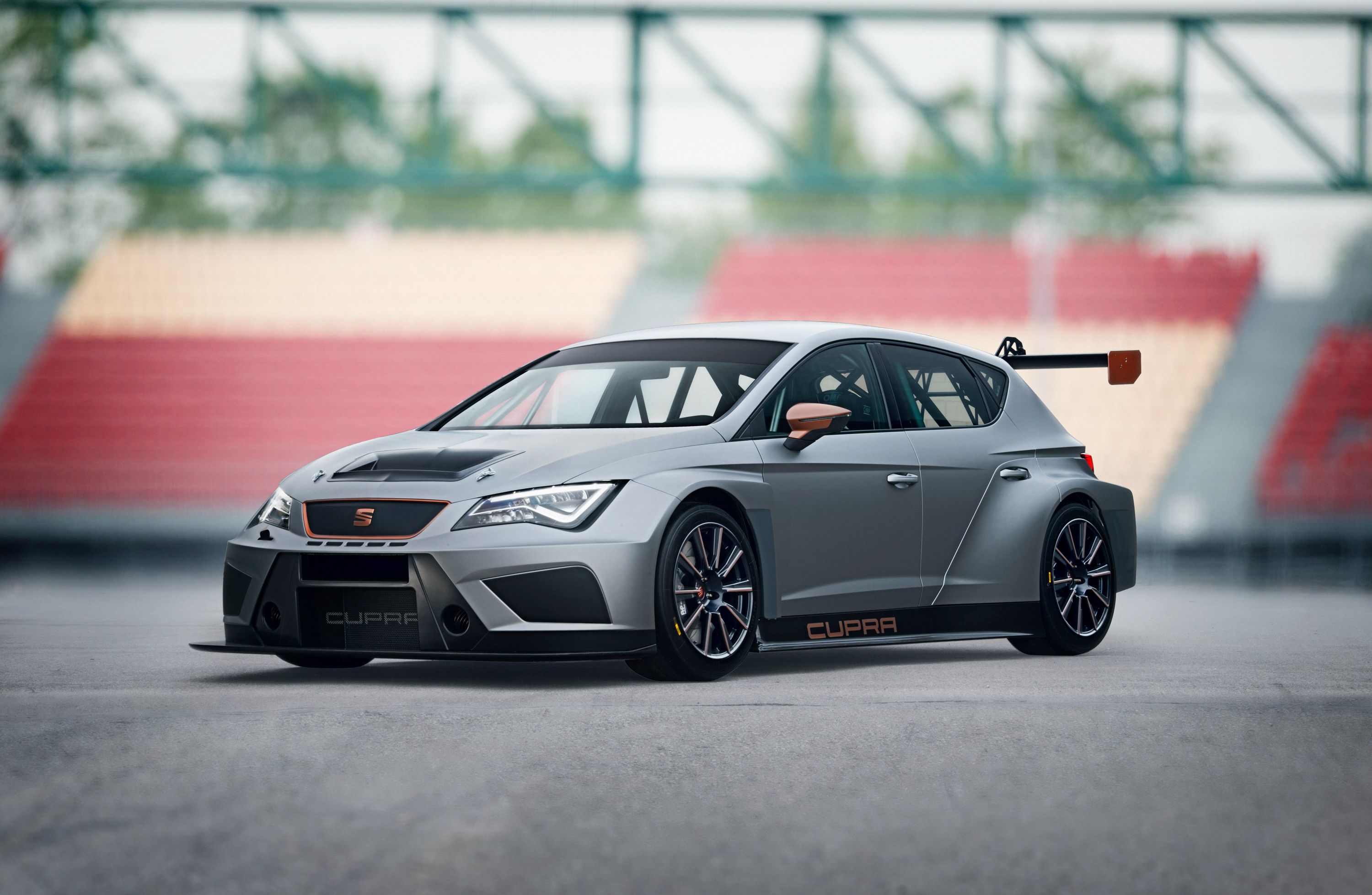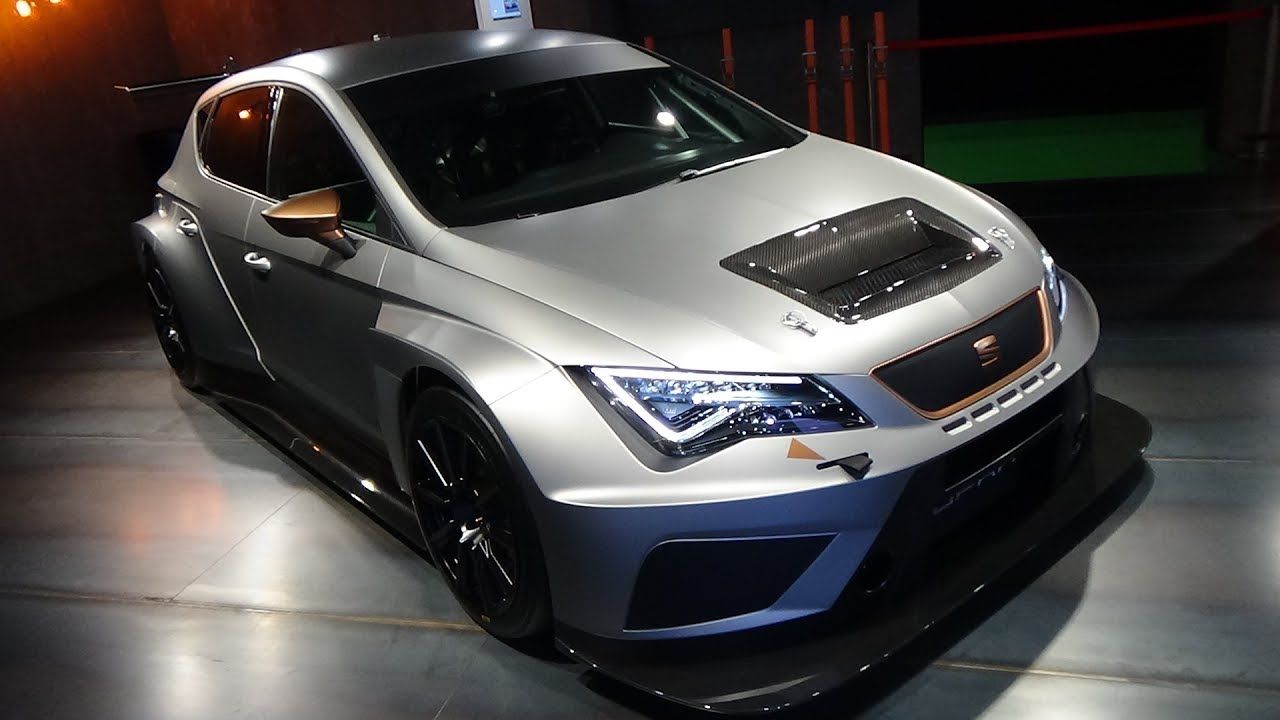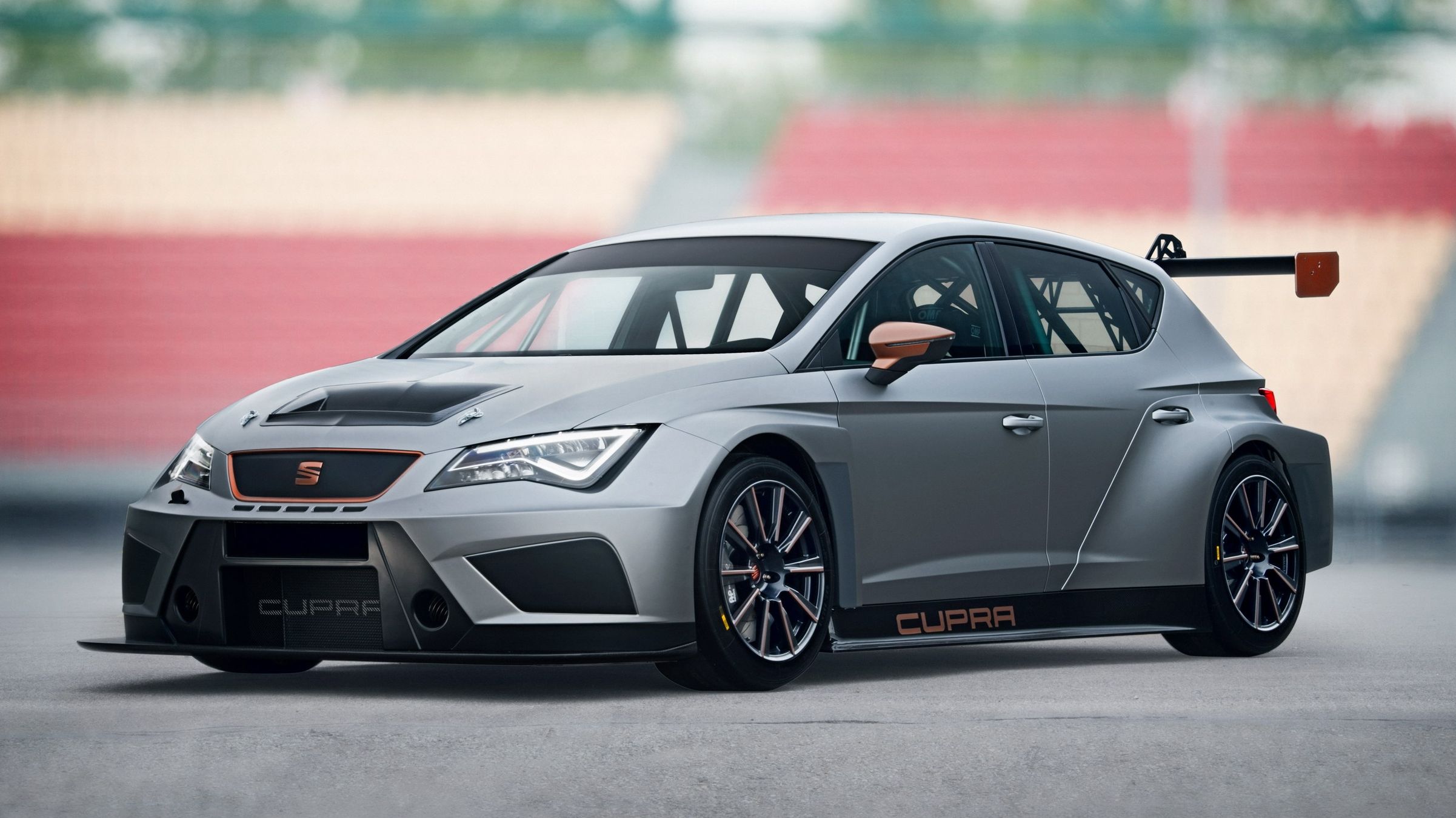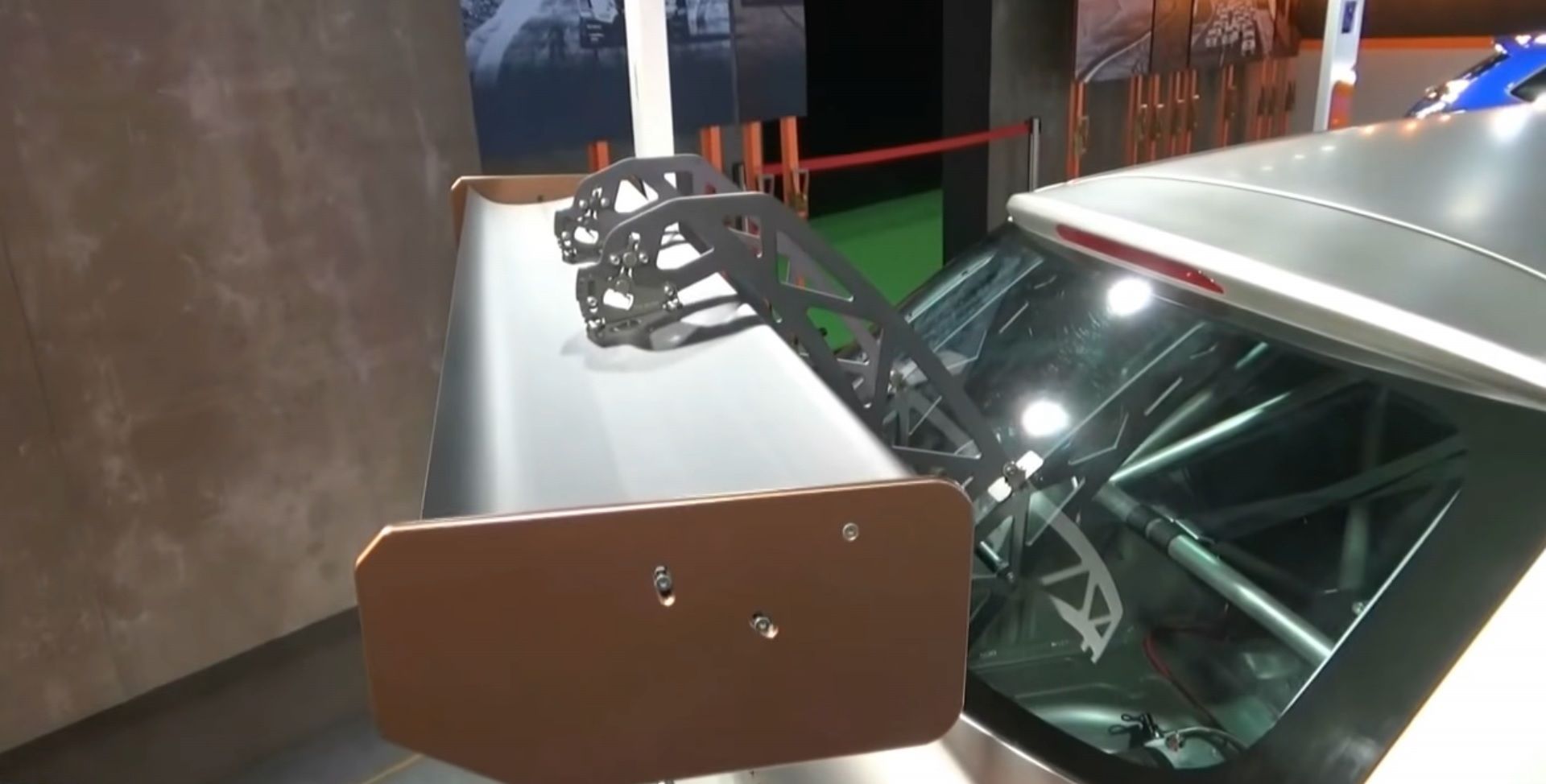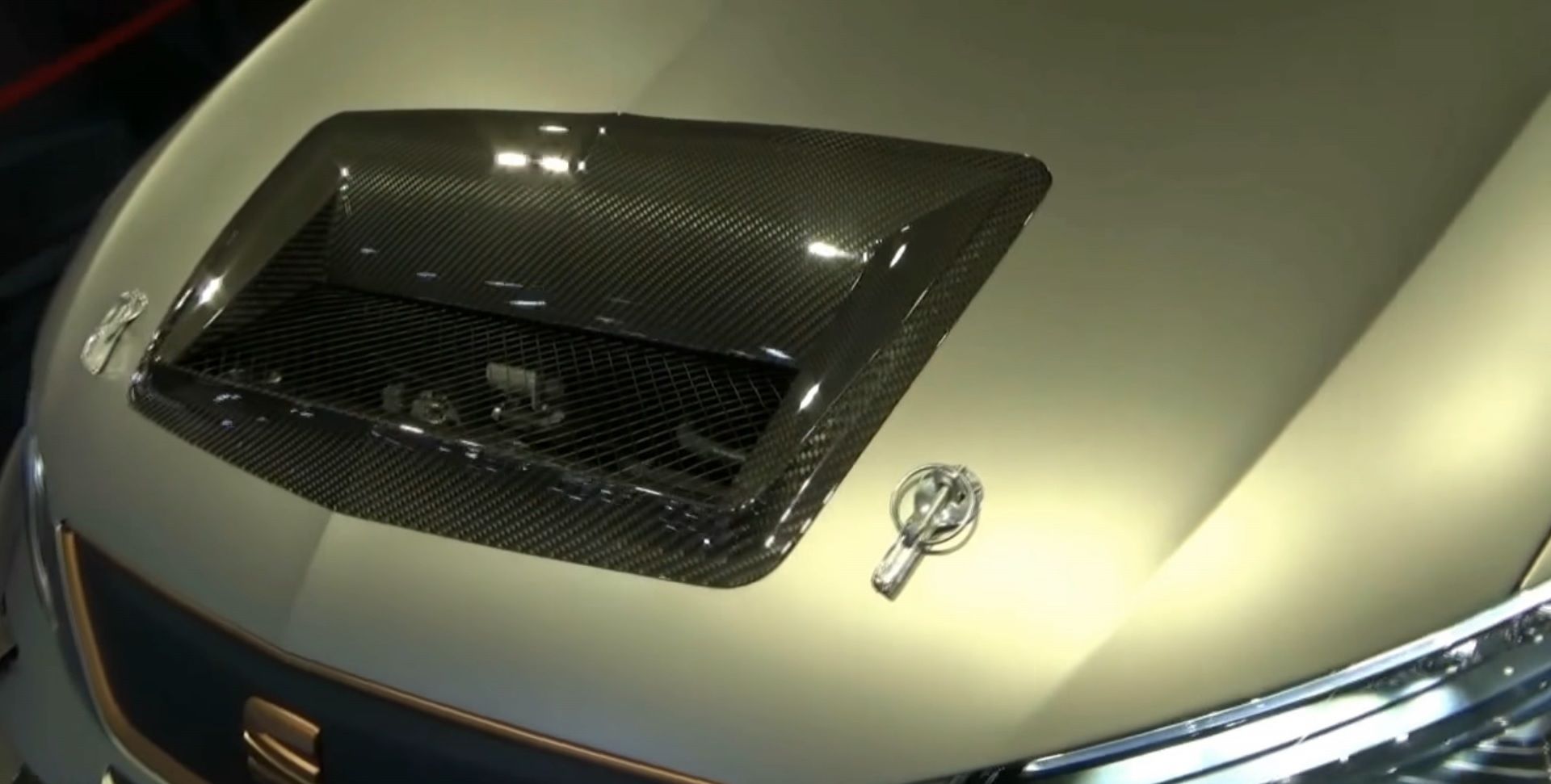Although overshadowed by the Volkswagen Golf, its platform sibling, sales-wise, the Seat Leon has been the more powerful race car in various series around the world. The TCR is one of them, having been set up after Seat designed the Leon Cup Racer, also the car that was used as a template for aerodynamic regulations. The increasingly popular series is still dominated by the Leon, which received an update in 2017.
Renamed the Leon Cupra Evo 17, the Spanish race car is more aggressive than ever. The hatchback sports bigger wheel arches, just like the Volkswagen Golf GTI TRC, a massive rear wing, and the copper highlights we've seen on recently unveiled Cupra road models. The Leon will continue to race in the TCR International Series, where it will face competition from Audi, Ford, Honda, Hyundai, Opel, Volkswagen, and many more carmakers.
Continue reading to learn more about the Seat Leon Cup Racer Evo 17.
2017 Seat Leon Cupra Evo 17
- Make: Array
- Model: 2017 Seat Leon Cupra Evo 17
- [do not use] Vehicle Model: Array
What Makes the Seat Leon Cup Racer Evo 17 Special
While it may sound surprising, the Cupra Evo 17 is heavily based on the road car design-wise. Look past the race-spec features for improved aerodynamics, and you end up with the same headlamps and taillights, the same front grille, and identical doors and roof.
But it's the motorsport features that help this car stand out. Much like all the other TCR racers, it has beefed-up fenders front and rear. These widen the car significantly, but also give it an aggressive look due to the panels being visibility attached to the body. The rear fender extension is particularly interesting, as it covers almost half of the rear door, including the handle.
Up front, Seat covered the main grille and the side outlets in the bumper, but the center section is as aggressive as they get thanks to that massive trapezoidal cutout. The front end is rounded off by a massive splitter above the ground and a big vent in the engine hood. Around back, the Leon remains familiar, but the fenders make the rear fascia wider, as does the big wing mounted on the tailgate. The diffuser also sets the race car apart from its road-going sibling.
Finally, Seat added copper accents to the front grille and badge, mirror caps, side skirts, and the wing.
There are no photos of the interior, but we can see a complex roll cage through the windows. Seat also revised the dashboard and the instrument cluster, and added a racing seat for the driver.
Power is provided by a turbocharged, 2.0-liter, four-cylinder engine shared with the Volkswagen Golf GTI TCR. The unit is rated at up to 350 horsepower and 310 pound-feet of torque. This output is set according to technical regulations, but the engine delivers 20 extra horsepower compared to the previous unit. Unlike the Golf, the Cupra Evo 17 can be had with either a DSG automatic or a manual sequential gearbox.
Drivetrain improvements include updated brakes, new ABS and ESC systems, and a revised self-locking VAQ electro-hydraulic differential. The front discs measure 14.9 inches and use six-piston calipers, while the rear discs measure 10.7 inches.
Further reading
Read our full review on the 2017 Seat Leon.
Read more Seat news.
Read more Geneva Motor Show news.


